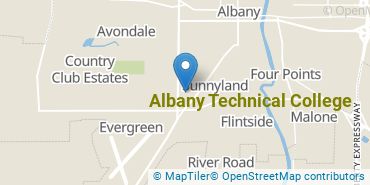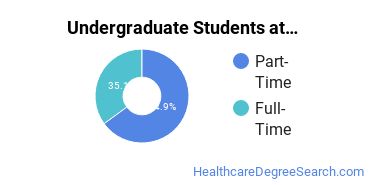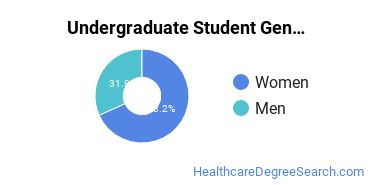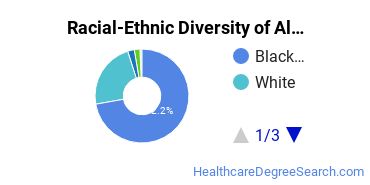Albany Technical College Healthcare Programs
Albany Technical College is a public institution situated in Albany, Georgia. The surrounding area of the school is a good match for students who enjoy city life.
Featured schools near , edit
Where Is Albany Technical College?

Contact details for Albany Technical College are given below.
| Contact Details | |
|---|---|
| Address: | 1704 South Slappey Boulevard, Albany, GA 31701 |
| Phone: | 229-430-3500 |
| Website: | www.albanytech.edu |
Can I Afford Albany Technical College?
Student Loan Debt
While almost two-thirds of students nationwide take out loans to pay for college, the percentage may be quite different for the school you plan on attending. At Albany Technical College, approximately 2% of students took out student loans averaging $3,000 a year. That adds up to $12,000 over four years for those students.
Albany Technical College Undergraduate Student Diversity

Gender Diversity
Of the 1,131 full-time undergraduates at Albany Technical College, 30% are male and 70% are female.

Racial-Ethnic Diversity
The racial-ethnic breakdown of Albany Technical College students is as follows.

| Race/Ethnicity | Number of Grads |
|---|---|
| Asian | 3 |
| Black or African American | 836 |
| Hispanic or Latino | 29 |
| White | 239 |
| International Students | 1 |
| Other Races/Ethnicities | 23 |
Albany Technical College Healthcare Concentrations
The table below shows the number of awards for each concentration.
References
*The racial-ethnic minorities count is calculated by taking the total number of students and subtracting white students, international students, and students whose race/ethnicity was unknown. This number is then divided by the total number of students at the school to obtain the racial-ethnic minorities percentage.
More about our data sources and methodologies.
